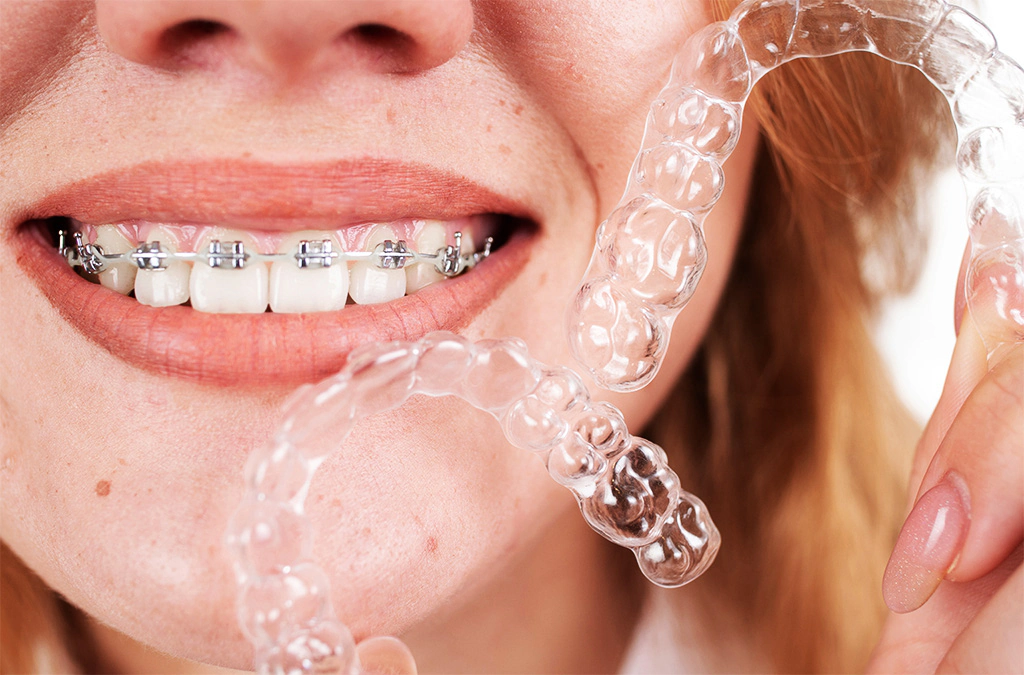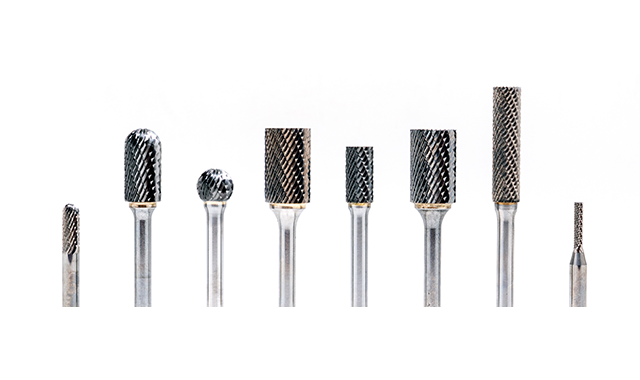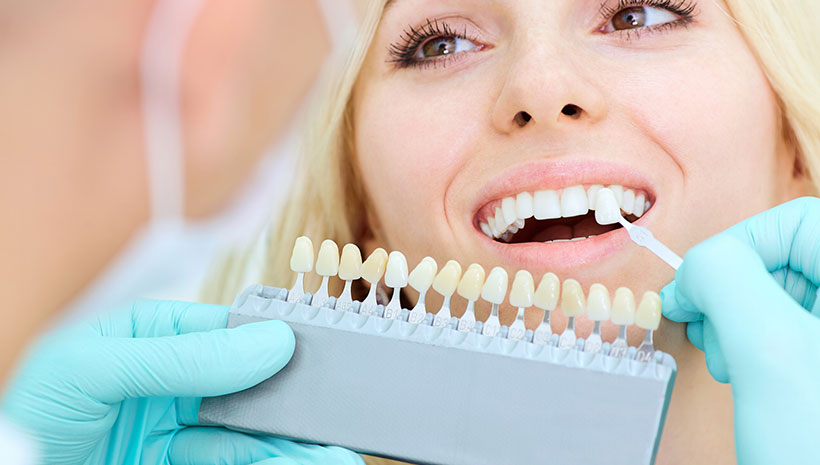Who Can Do a Dental Filling on My Tooth?

If you have ever had a cavity in your tooth which was detected quickly by your dentist, you may have had a tooth filling to prevent the decay from spreading further. Your dentist will initially examine the infected tooth and may take an x-ray of the tooth as well if required. After determining that a dental filling is a suitable treatment, your dentist will remove the decay and shape the hole and fill it. A good filling will often seal the tooth and prevent bacteria from entering and further infecting the tooth. Fillings can also be suggested for teeth damaged by grinding or for broken teeth.
The filling used to fill the hole after the decayed portion of the tooth is removed, can be usually classified as a direct filling, or an indirect filling. A direct filling is placed straight on your teeth after the decayed portion is removed. Amalgam or plastic fillings are commonly used direct fillings and can be done in a single sitting. An indirect filling could be a crown or an inlay. Since these are customized for your teeth and require time, the procedure for an indirect filling may take more than one sitting with your dentist. Please look for a dental clinic in Calgary to find a general dentist near you.

Your general dentist may give you local anesthesia before beginning the procedure. Then your general dentist will pierce through the enamel to remove the decay. Once the drill reaches the dentin, a lower speed drill is used as dentin is not as hard as enamel. Your dentist will then shape the hollow in your tooth in order to ensure that the filling properly sets in and does not come loose easily. Your dentist may also place a base or a liner to protect the nerves of your tooth. The filling is finally smoothened out using burs to ensure that there are no rough edges that can cause discomfort.
After the procedure is completed, you may experience tooth sensitivity to air and hot and cold foods. This is a temporary phenomenon and will decrease within 2 weeks. In case you experience pain or discomfort while chewing food after a filling, please reach out to your general dentist.
Checking your fillings at regular intervals is recommended. This ensures that any loose fillings or rough edges can be taken care of by your dentist before they become a bastion for bacteria and plaque. Following the precautions as suggested by your dentist and following good oral hygiene can make the filling last for a really long time. Please search for a dental clinic in Calgary if you think that you may have cavities in your tooth or are experiencing a toothache or sensitivity.

 Straightening Your Smile: Invisalign vs. Traditional Braces
Straightening Your Smile: Invisalign vs. Traditional Braces  Who Needs Emergency Dental Care
Who Needs Emergency Dental Care  Teledentistry.com’s Emergency Dental Care Financing Options For Veterans
Teledentistry.com’s Emergency Dental Care Financing Options For Veterans  Dental Burs
Dental Burs  Invisalign Vs. Braces: Which One Is Better For You?
Invisalign Vs. Braces: Which One Is Better For You?  The Beginner’s Guide to Cosmetic Dentistry
The Beginner’s Guide to Cosmetic Dentistry  How Acupuncture Can Help Support Fertility and Wellbeing
How Acupuncture Can Help Support Fertility and Wellbeing  Sciatica Relief Options on Long Island: A Comprehensive Guide
Sciatica Relief Options on Long Island: A Comprehensive Guide  Step-by-Step Guide to Cloning an Appealing Voice with AI for Promo Videos
Step-by-Step Guide to Cloning an Appealing Voice with AI for Promo Videos  How to Create Stunning Images for Social Media Promotion: A Guide for Small Businesses
How to Create Stunning Images for Social Media Promotion: A Guide for Small Businesses